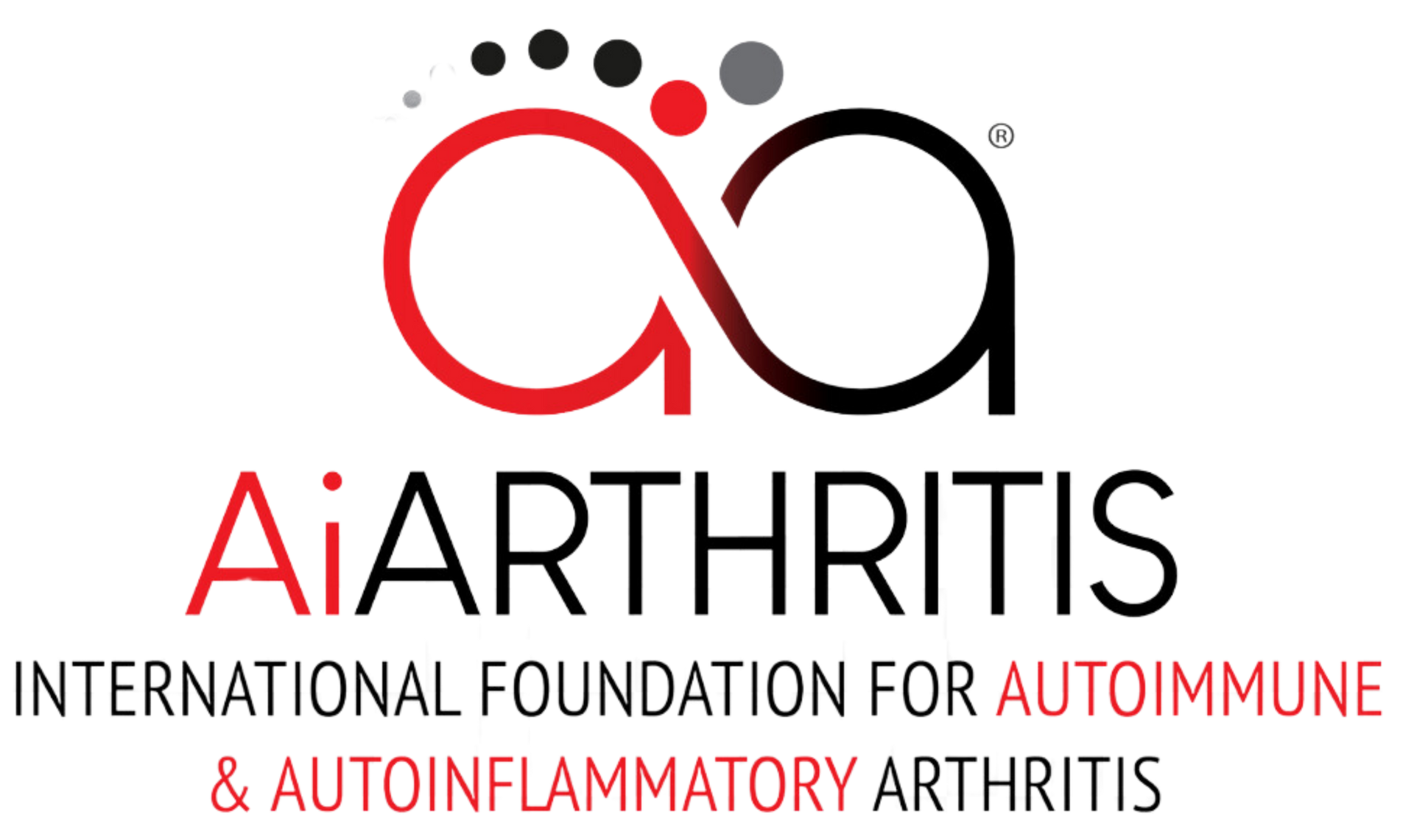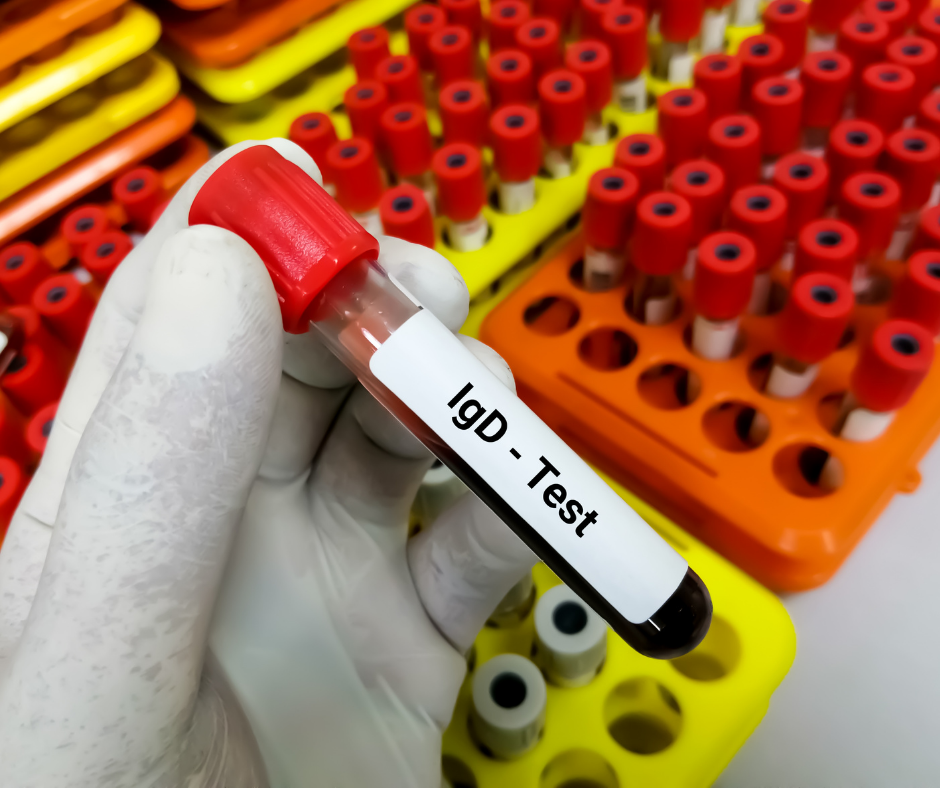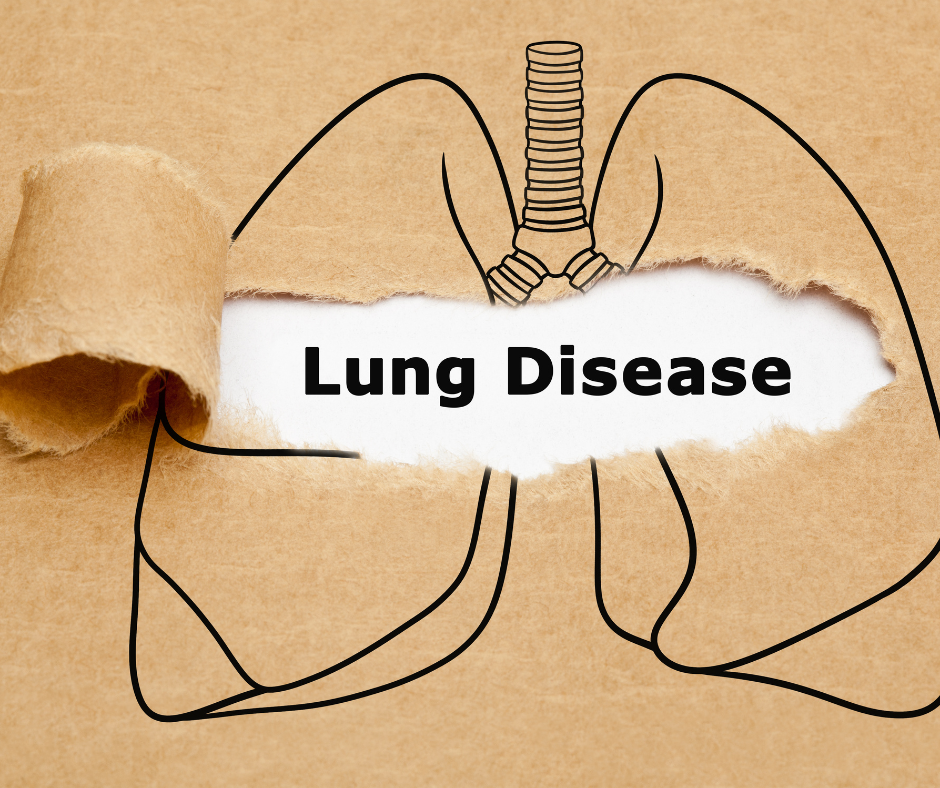Hyper-IgD Syndrome (HIDS), also known as Hyperimmunoglobulin D Syndrome, is a rare, autosomal recessive genetic disorder. It is characterized by recurrent episodes of fever, along with other symptoms such as joint pain, abdominal pain, and swollen lymph nodes.
Hyper-IgD Syndrome (HIDS) is considered a rare genetic disorder. The prevalence of HIDS is estimated to be between 1 in 50,000 to 1 in 5,000 individuals. However, this might be an underestimation since many cases likely go undiagnosed.
Here's a detailed look at this condition:
Causes and Genetics
HIDS is caused by mutations in the mevalonate kinase (MVK) gene, which is responsible for producing an enzyme involved in cholesterol and isoprenoid biosynthesis. The disorder is inherited in an autosomal recessive manner, meaning that a child must receive a mutated gene from both parents to develop the condition. Most patients have two mutations on the MVK gene, one from each parent Support](https://saidsupport.org/disease-specific-information/hyper-igd-syndrome/).
Symptoms
The primary symptom of HIDS is recurrent fever, which typically begins in infancy. These fevers are often accompanied by:
- High fever (often reaching 104°F or higher) Support](https://saidsupport.org/disease-specific-information/hyper-igd-syndrome/)
- Swollen lymph nodes
- Abdominal pain and diarrhea
- Joint pain and rashes
- Headaches and flu-like symptoms
- Enlarged liver and spleen (hepatosplenomegaly)
Symptoms can vary greatly among individuals and even from one episode to another in the same person. The frequency of fever episodes can range from every 1 to 12 weeks, and each episode usually lasts 3 to 7 days
Diagnosis
Diagnosing HIDS involves a combination of clinical evaluation, laboratory tests, and genetic testing. Elevated levels of immunoglobulin D (IgD) and immunoglobulin A (IgA) in the blood are often indicative of the condition. Genetic testing can confirm mutations in the MVK gene.
Pathophysiology
The underlying mechanism of HIDS involves the malfunction of the innate immune system's inflammatory processes .The mutation in the MVK gene leads to a deficiency in the enzyme mevalonate kinase, which disrupts the production of important molecules that help control inflammation. This results in uncontrolled inflammation during fever episodes.
Management and Treatment
There is no cure for HIDS, but treatment focuses on managing symptoms and preventing complications. This may include:
- Nonsteroidal anti-inflammatory drugs (NSAIDs) to reduce fever and inflammation
- Corticosteroids for severe inflammation
- Biologic agents such as interleukin-1 (IL-1) inhibitors for more severe cases
- Supportive care to manage symptoms like pain and dehydration
Managing Hyper-IgD Syndrome (HIDS) requires a multi-faceted approach focusing on symptom control, prevention, and support. Symptom management involves medications like NSAIDs, corticosteroids, and biologic agents to reduce inflammation and pain during episodes. Regular monitoring, vaccinations, and sometimes colchicine are used as preventive strategies. Supportive care includes pain management, maintaining hydration and nutrition, and appropriate physical activity levels. Lifestyle support through stress management techniques, support groups, and education for patients, families, and caregivers is also crucial. As research advances, new therapies may become available, offering hope for improved management of HIDS.
Impact On Quality of Life
Hyper-IgD Syndrome (HIDS) can significantly impact the quality of life due to its recurrent and unpredictable nature. Here are some ways it can affect individuals:
- Frequent Fever Episodes: The recurrent fevers, which can reach high temperatures, often lead to discomfort, fatigue, and missed school or work days.
- Chronic Pain:
Joint pain, abdominal pain, and headaches are common during fever episodes, causing ongoing discomfort and affecting daily activities.
- Social and Emotional Impact:
The unpredictability of fever episodes can lead to social isolation, anxiety, and stress for both the affected individual and their family.
- Physical Limitations:
During episodes, individuals may experience reduced physical activity due to pain and fatigue, impacting their overall fitness and well-being.
- Healthcare Burden: Frequent medical appointments, hospital visits, and treatments can be time-consuming and financially burdensome.
Despite these challenges, many individuals with HIDS can lead relatively normal lives with proper management and support. Early diagnosis and tailored treatment plans can help mitigate some of these impacts and improve the overall quality of life.
Prognosis
The prognosis for individuals with HIDS varies. While some may experience a reduction in the frequency and severity of symptoms as they get older, others may continue to have significant symptoms throughout their lives. Early diagnosis and appropriate management can help improve the quality of life for those with HIDS.
Epidemiology
HIDS is more common in certain populations, particularly those of Dutch or French ancestry. However, cases have been reported worldwide. The condition affects both males and females equally.
Hyper-IgD Syndrome is a complex and challenging condition that requires a multidisciplinary approach for effective management. Ongoing research and advances in genetic testing continue to improve our understanding of HIDS and may lead to more targeted therapies in the future. Effective management of HIDS is highly individualized, and working closely with healthcare providers is crucial to developing a comprehensive care plan that meets the specific needs of each patient.







